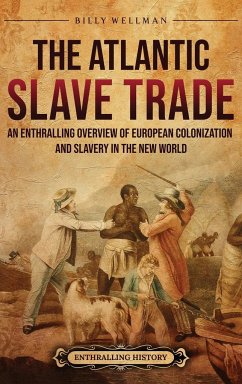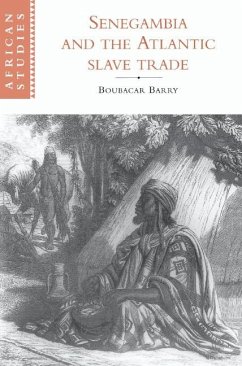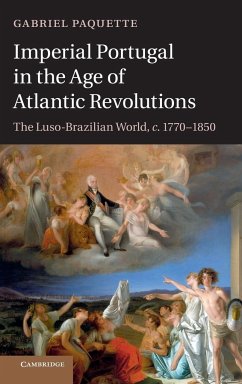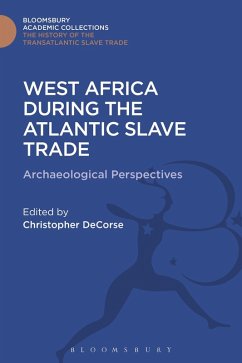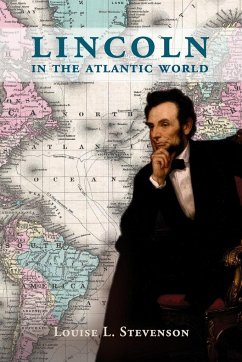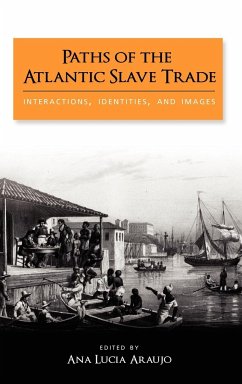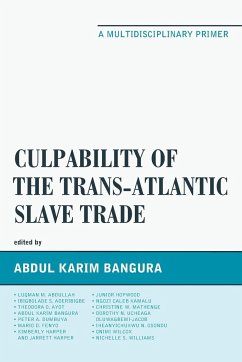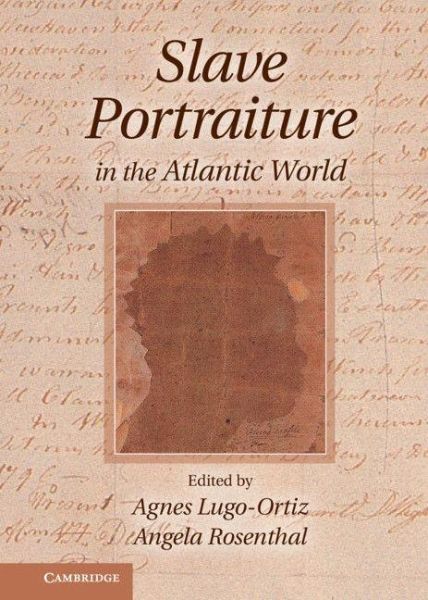
Slave Portraiture in the Atlantic World
Versandkostenfrei!
Versandfertig in 1-2 Wochen
171,99 €
inkl. MwSt.
Weitere Ausgaben:

PAYBACK Punkte
86 °P sammeln!
Slave Portraiture in the Atlantic World is the first book to focus on the individualized portrayal of enslaved people from the time of Europe's full engagement with plantation slavery in the late sixteenth century to its final official abolition in Brazil in 1888. While this period saw the emergence of portraiture as a major field of representation in Western art, 'slave' and 'portraiture' as categories appear to be mutually exclusive. On the one hand, the logic of chattel slavery sought to render the slave's body as an instrument for production, as the site of a non-subject. Portraiture, on t...
Slave Portraiture in the Atlantic World is the first book to focus on the individualized portrayal of enslaved people from the time of Europe's full engagement with plantation slavery in the late sixteenth century to its final official abolition in Brazil in 1888. While this period saw the emergence of portraiture as a major field of representation in Western art, 'slave' and 'portraiture' as categories appear to be mutually exclusive. On the one hand, the logic of chattel slavery sought to render the slave's body as an instrument for production, as the site of a non-subject. Portraiture, on the contrary, privileged the face as the primary visual matrix for the representation of a distinct individuality. Essays address this apparent paradox of 'slave portraits' from a variety of interdisciplinary perspectives, probing the historical conditions that made the creation of such rare and enigmatic objects possible and exploring their implications for a more complex understanding of power relations under slavery.





